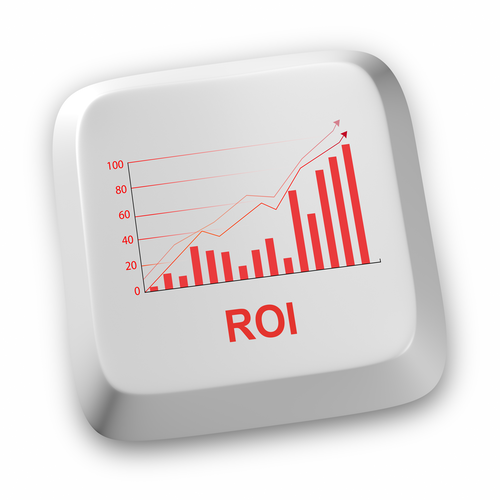Automation Expansion Challenge: ROI
26.08.2020
According to a new report by PMMI Business Intelligence, one main challenge manufacturers face when expanding automation in their operations is justifying the return on investment.

Though manufacturers recognize that automation expansion will improve operations, many find that implementing a new or expanded automation strategy comes with its own set of challenges. One such challenge is justifying the return on investment (ROI) to management.
ROI is a performance measure that evaluates the efficiency of an investment and is shown as a ratio between net profit (over time), and the cost of the investment.
“Automation Timeline: The Drive Toward 4.0 Connectivity in Packaging and Processing” states, “In the current COVID-19 climate, a clear and reliable ROI calculation is more important than ever to make the case for automation expansion as many budgets tighten up.”
Said one Product Engineer at a Pharma/Supplements Leader, “We’re looking for 25% ROI within two years from our automation investments.”
Not all manufacturers have a standard ROI strategy in place, however, making an accurate calculation difficult to assemble. Numerous variables must be factored with regard to the cost of the project and the total impact on operations. Because each project is unique, establishing a universal methodology for ROI is difficult.
One key component that manufacturers are increasingly looking at to help them determine these complicated ROI figures, is overall equipment effectiveness (OEE). OEE measures total potential manufacturing output of a given machine or enterprise against the actual, realized total output of said machine or enterprise. Or, as the report states, “a measurement of the percentage of overall manufacturing capability that is actually realized during production.” (An OEE of 100% would mean that a given machine or enterprise is producing the most it is capable of without defect, at the fastest speed possible, with no downtime between production runs.)
It is currently estimated that 42% of leading CPGs are utilizing OEE in their operations, and the 5-year prediction moves to 62%, while the 10-year prediction is at 69%.
The report states that OEMs and suppliers can assist with ROI and OEE calculation strategies and suggests the offering of a “suite of services” to assist with the assessment of operations and the justification of future automation expansion - deepening manufacturers understanding of their operations, and building a case for the OEM’s products and services.
Source: PMMI Business Intelligence, “Automation Timeline: The Drive Toward 4.0 Connectivity in Packaging and Processing”













































